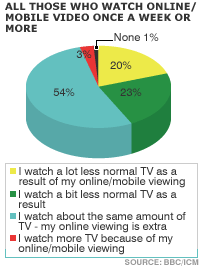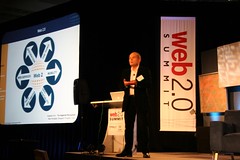It’s a selectively-edited interview, but Ashwin Navin, co-founder of BitTorrent publicly puts forth “common sense”.
I actually don’t think that if content owner and content rights holders take an inventory of the way that people want to consume content and embrace, rather than fight it, DRM almost becomes irrelevant. If people can use content in the way they want offline and online they won’t care about DRM, because the content is consumed in a flexible use case.
Yes, absolutely: this statement means two things though.
- With good use-case-management, via “DRM” platforms, people won’t really see the mechanism that lets them watch what they want, how they want
- If the original rights-holder publishes legitimate unencumbered media, they could combat the existence of illicit unencumbered media.
And as the interviewer emits surprise at the possibility of point 2, Navin explains that
[…] There’s huge amounts of value for publishers to license a TV show over and over again. Today they can’t stomach the risk of allowing content to be published free and clear of DRM. But eventually they’ll realize that’s the way people are going to consume it anyway, so they might as well profit from it.
Media houses coming to grips with the freedom ethic of digital content will prosper.




